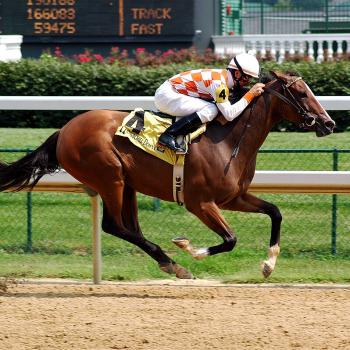After our visit to Detroit back in March, I was able to offer some comments about the state of the city. We didn’t go into the city this time around, but we did make it over to Birmingham when the movie we wanted was showing at the theaters in downtown Birmingham. And here’s a fun fact about Detroit: unlike, I suspect, most cities where the center of gravity for young hipsters is the city itself, in artsy gentrifying districts, the downtown-areas where young (suburban) Detroiters hang out are, as often as not, not in the city itself.
Birmingham, for instance, is full of restaurants and shops and entertainment, like this:
There’s on-street metered parking and a number of municipal parking lots with the first two hours free, and modest charges thereafter.
It’s all quite upscale, though, so there’s always Royal Oak, which has more working-class roots (anecdotally, the father of my elementary school friend who lived in Royal Oak worked in an auto plant):
And if that doesn’t suit you, there’s Ferndale:
which has, I believe, similar working class roots, and,
according to Wikipedia, “is well known in the Detroit area for its LGBT population and progressive policies.”
(All three images came from Google Images, not my own camera.)
Now, of course, classic gentrification is not just about the young ‘uns discovering the joys of an urban “lifestyle” but of “urban pioneers” moving into decayed areas with “good bones” to benefit from low prices and improve the area with their sweat equity and the energy and enthusiasm, as well as rehab funds, that they, but not long-time residents, can provide. And certainly Detroit is chock full of cheap housing — but also high taxes and low levels of services, especially police and fire protection, and besides this, Detroit has historically been a city of single-family homes, making it even less attractive to young hipsters.
The bottom line is that, every time I read about how Detroit is “gentrifying,” I’m very skeptical. Yes, a few hipsters are moving into small pockets of Detroit and trying to make a go of it. But the government can’t create a gentrifying neighborhood — anytime this has happened, it’s been at the initiative of the gentrifiers themselves. And a lot of this gentrifying energy has been, in the Detroit area, a suburban phenemenon.













